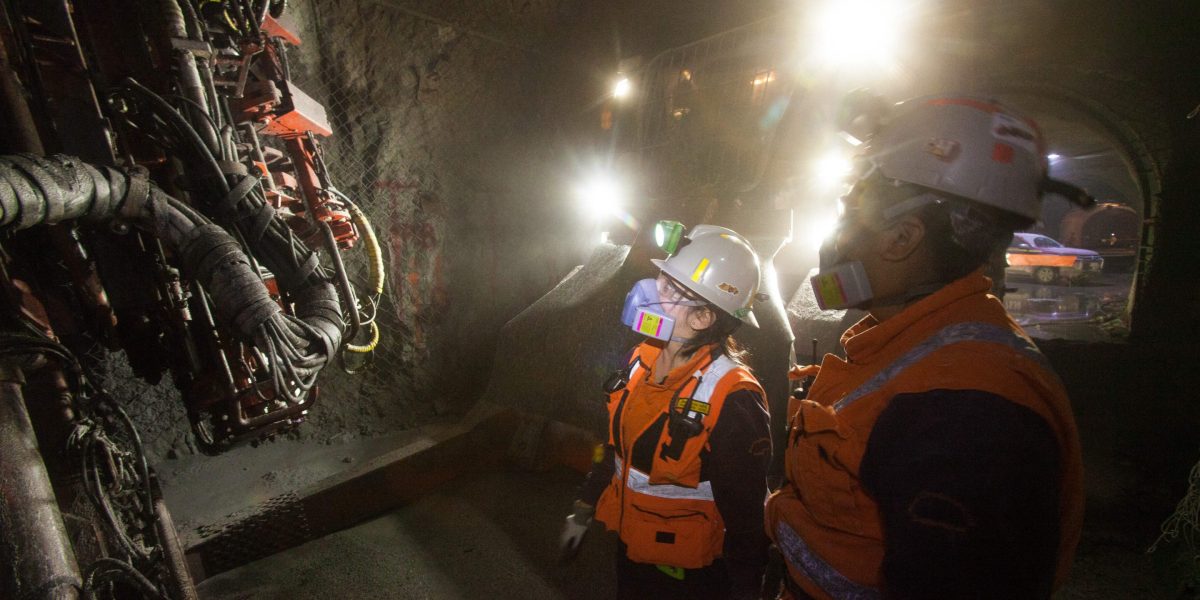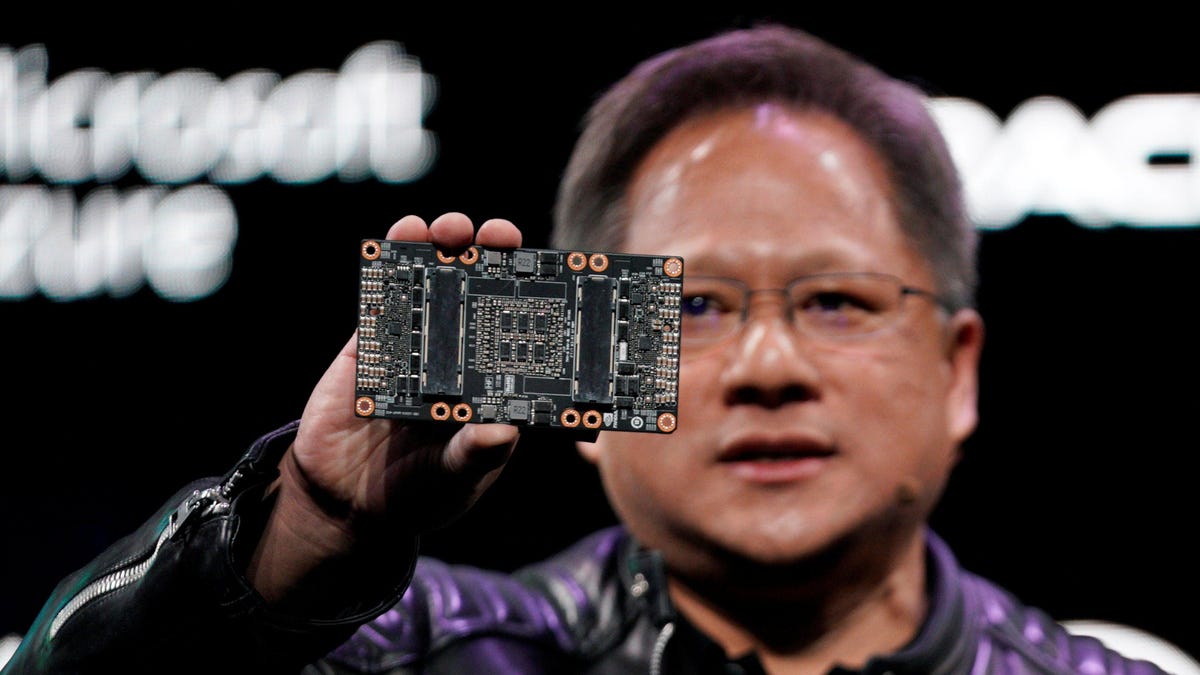I had the privilege of starting my career in the mid-80s amidst a significant transformation in the industrial landscape. During that period, nearly every sector, from manufacturing to aerospace to construction, experienced substantial productivity improvements by shifting from outdated pneumatic, analog, and hydraulic systems to modern digital technologies powered by microprocessors and software.
Since then, the industrial sector has continuously evolved. The progress in microprocessors and software has been remarkable, and more recently, the spotlight has been on the Industrial Internet of Things. This advancement has led to the interconnected workplace, enabling predictive maintenance, remote monitoring, and increased automation, often referred to as “smart factories.”
Currently, there is a widespread interest in the potential of artificial intelligence to revolutionize various aspects of our lives. However, it is essential to distinguish between the hype surrounding AI and its actual business value. I strongly support utilizing AI to address challenges in the industrial sector at scale. However, achieving autonomy in this field is not simply a rapid shift from the current state to fully autonomous operations. Due to the critical importance of resilience and safety in many industrial environments, the journey towards autonomy involves incremental progress, much like climbing steps, with each advancement bringing us closer to complete autonomy.
In activities with a high level of criticality, such as piloting aircraft or managing a mining operation, complete autonomy without human intervention in final decision-making has not yet been attained. Nevertheless, in these and many other scenarios, AI offers the potential to tackle a complex set of interconnected challenges in the industrial sphere: the dwindling availability of skilled labor, the loss of institutional knowledge as older workers leave the industry, and the need for organizations to expedite decision-making processes while maintaining accuracy and quality standards.
In the aviation sector, there is an urgent need for intervention. The International Air Transport Association predicts a global shortage of 85,000 pilots by 2032. This shortage not only signifies a lack of personnel but also a depletion of accumulated institutional and industry expertise spanning decades.
AI has the capacity to reshape this landscape. Instead of having two human pilots in the cockpit, AI is gradually enabling one pilot to oversee operations. Eventually, a co-pilot could operate from the ground while the pilot remains in the aircraft. While the concept of fully ground-piloted commercial flights may be distant, AI could eventually lead to pilotless cargo planes or remotely piloted aircraft with an onboard pilot for emergencies. AI also stands to significantly improve safety measures in both aerial and ground operations.
In the mining sector, Honeywell and the Chilean copper mining giant Codelco have collaborated extensively to address the scarcity of skilled labor, enhance safety protocols, and boost operational efficiency through a comprehensive adoption of automation. This collaboration resulted in the establishment of an advanced, Honeywell-operated remote operations center in Santiago, utilizing data, analytics, and predictive maintenance to enhance the mining capabilities of the company. With abundant data and connectivity, we are currently testing an AI solution aimed at further enhancing productivity, safety standards, and product quality at mines located over 1,000 miles away from the central operations center.
Encouraging developments are also visible in various other sectors. For example, Globalworth, a prominent commercial real estate operator in Central and Eastern Europe, is leveraging data and AI to promote sustainability, energy efficiency, and occupant experience enhancements by adjusting comfort controls based on real-time building data within its commercial properties in Poland and Romania.
For Honeywell, AI seamlessly integrates into our operations. We have established a robust foundation of interconnected solutions, including technologies that enhance efficiency in industrial processes and buildings, improve worker productivity in warehouses, ensure quality assurance in the life sciences sector, and manage emissions for industrial plants and buildings, all powered by our Honeywell Forge software. We perceive AI as a natural progression of automation, paving the way towards autonomy in the industrial domain.
Our journey is not solitary. Leaders across diverse industries view AI as the way forward. According to a recent survey sponsored by Honeywell involving decision-makers at multinational corporations, 85% of companies predominantly or entirely trust automation to achieve their strategic objectives, and 69% acknowledge the genuine potential of AI in shaping the future. However, the path to realization will be iterative. Looking ahead to 2024 and beyond, organizations aiming to leverage AI as part of their autonomy journey must assess and prioritize data, design, and human elements:
- Utilizing AI’s capacity to unlock the vast amount of data generated by any complex operation to enable predictive maintenance, energy management, data security, enhanced safety measures, and superior product or service quality.
- Designing with AI integration in mind, whether for a factory, an aircraft cockpit, or a high-rise building. Current designs may not be conducive to AI, necessitating an understanding of the necessary modifications to maximize technology benefits.
- Identifying areas where AI can provide data and actions that make your workforce faster, more efficient, and precise – and ensuring a thoughtful deployment of these capabilities.
As a leader considering how to fully harness the potential of AI within your organization, contemplate these fundamental areas concerning your operations. This strategic approach will enable you to navigate the path from your current state to your desired destination.
The pace of innovation across industries is undeniably swift—and with the ongoing evolution of AI, this pace is poised to accelerate further. The key lies in evaluating your organization’s current position, charting the path you need to take, and making the necessary capital and human investments to propel you forward. Those leaders who grasp this reality will be best positioned to match this speed and seize the unfolding opportunities.









